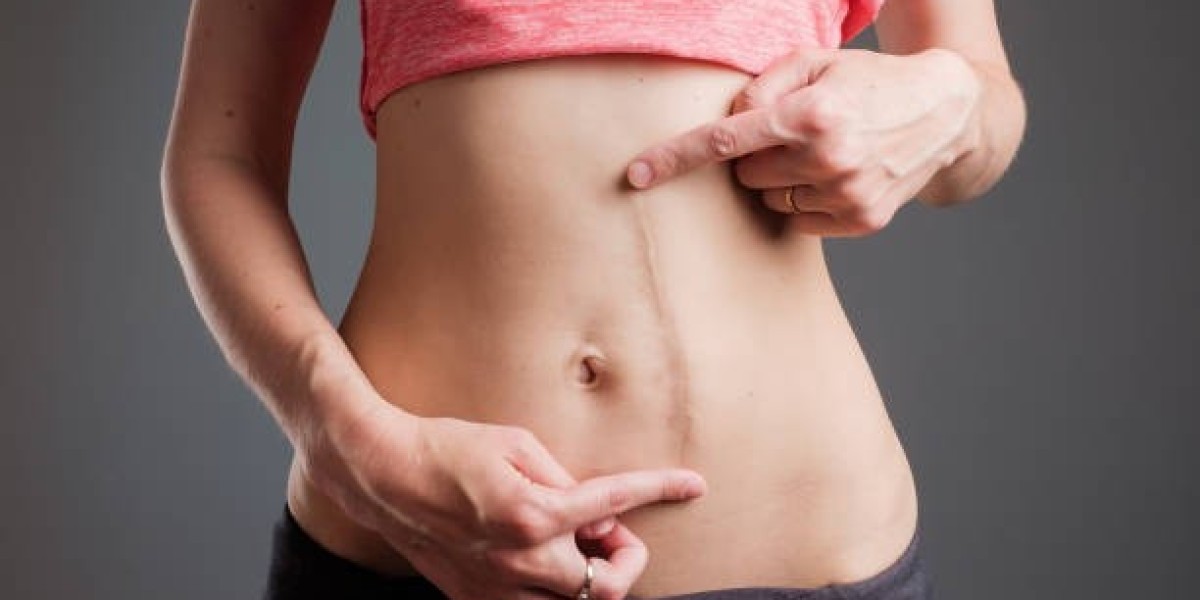Laser scar removal has emerged as a highly effective treatment option for many types of scars, including those caused by acne, surgery, or trauma. However, when it comes to raised, dense scars like keloids, the effectiveness of Laser Scar Removal in Dubai(إزالة الندبات بالليزر في دبي) treatment can vary. Many people ask, is laser scar removal suitable for keloid scars? The answer is yes, but with certain considerations. While lasers can help reduce the redness, discomfort, and size of keloid scars, they are not typically a standalone solution. The approach must be cautious, targeted, and often combined with other therapies for optimal results.
Understanding the Nature of Keloid Scars:
Keloid scars are different from typical scars. They occur when the body produces excess collagen during the healing process, resulting in a raised, thickened scar that extends beyond the original wound. Keloids can appear shiny, rubbery, and may feel itchy or even painful. Unlike hypertrophic scars, which stay within the boundaries of the injury, keloids continue to grow over time and are more common in individuals with darker skin tones or a family history of keloid formation.
This unique behavior makes treating keloid scars more challenging. While laser scar removal can help improve their appearance and symptoms, it must be approached with caution to avoid triggering further scar growth.
Can Laser Therapy Improve Keloids?
Laser scar removal can offer several benefits for keloid scars, but it may not eliminate them entirely. The goal is to reduce inflammation, flatten the scar, and improve skin color and texture. Certain types of lasers are more suitable for treating keloids, including:
Pulsed Dye Lasers (PDL): These are effective in reducing redness and vascularity in keloids by targeting the blood vessels that feed the scar tissue.
Fractional Lasers: These create micro-injuries in the skin, promoting controlled healing and collagen remodeling.
CO2 Lasers: Sometimes used in combination therapy to resurface and flatten raised keloid scars, though they carry a higher risk of recurrence if used alone.
Laser treatment is often paired with corticosteroid injections, silicone therapy, or cryotherapy to improve outcomes and prevent the recurrence of keloid growth.
Risks and Considerations:
When dealing with keloid scars, the risks of laser treatment are more pronounced than with other scar types. The primary concern is keloid recurrence or worsening, particularly if the laser causes additional trauma to the skin. Other possible risks include:
Hyperpigmentation or hypopigmentation, especially in darker skin
Redness, swelling, or temporary sensitivity
Blistering or peeling if aggressive lasers are used
Minimal flattening effect if used as a standalone treatment
Because keloid-prone skin is highly reactive, a customized approach is essential. A test patch or trial session is often recommended before proceeding with full treatment.
Benefits of Laser Scar Treatment for Keloids:
When used appropriately and in combination with other modalities, Laser Scar Removal(إزالة الندبات بالليزر) for keloid scars can provide valuable improvements:
Reduces itchiness, discomfort, and inflammation
Improves color and blending with surrounding skin
Flattens the scar’s surface over time
Enhances skin texture and tone
Supports better outcomes when part of a multi-treatment plan
These improvements can make a significant difference in physical comfort and self-confidence, even if the scar is not completely eliminated.
Frequently Asked Questions (FAQs):
Q: Can laser treatment completely remove a keloid scar?
A: No, laser treatments typically cannot erase keloids completely. They are used to reduce size, redness, and discomfort, and are often combined with other therapies.
Q: Is laser scar removal painful for keloids?
A: Most people experience minimal discomfort. Numbing creams are usually applied, and the sensation feels like mild snapping or heat.
Q: How many sessions are needed for results?
A: Improvement often requires multiple sessions, typically 3–6, depending on the size and maturity of the keloid.
Q: Is laser treatment safe for keloids on the face or chest?
A: Yes, but areas prone to keloid formation must be treated cautiously. A conservative approach is usually recommended.
Q: What are the alternatives to laser treatment for keloids?
A: Other treatments include corticosteroid injections, pressure therapy, cryotherapy, silicone gel sheeting, or in some cases, surgical removal followed by radiation or injections to prevent recurrence.
Conclusion:
Laser scar removal can be suitable for keloid scars, but it requires a cautious and personalized approach. While it may not fully eliminate the scar, it can significantly improve appearance, texture, and symptoms when used as part of a comprehensive treatment plan. The key is to work with a professional who understands keloid behavior and can tailor the therapy accordingly. With patience and the right combination of treatments, keloid scars can become less noticeable and more manageable over time.








